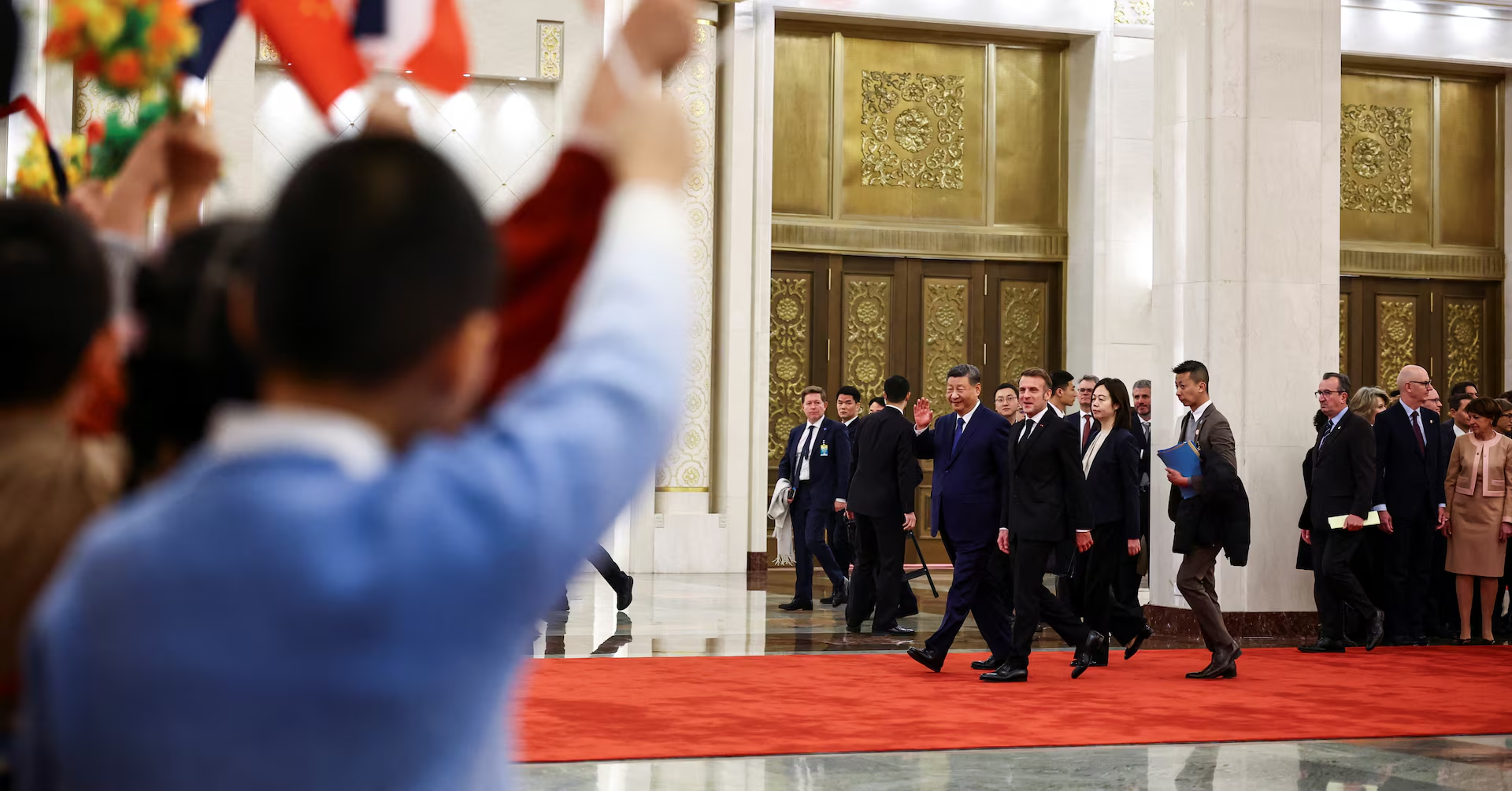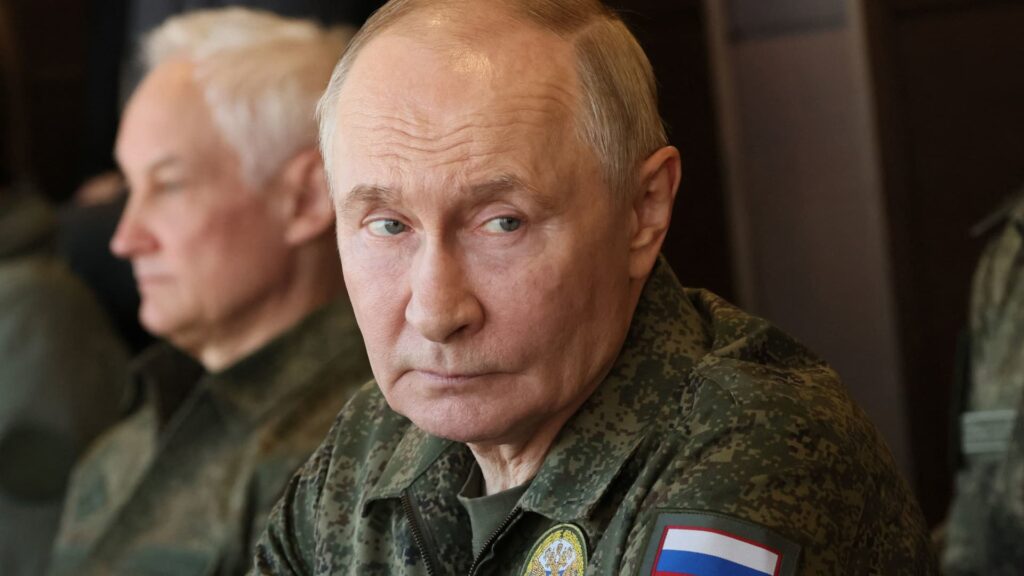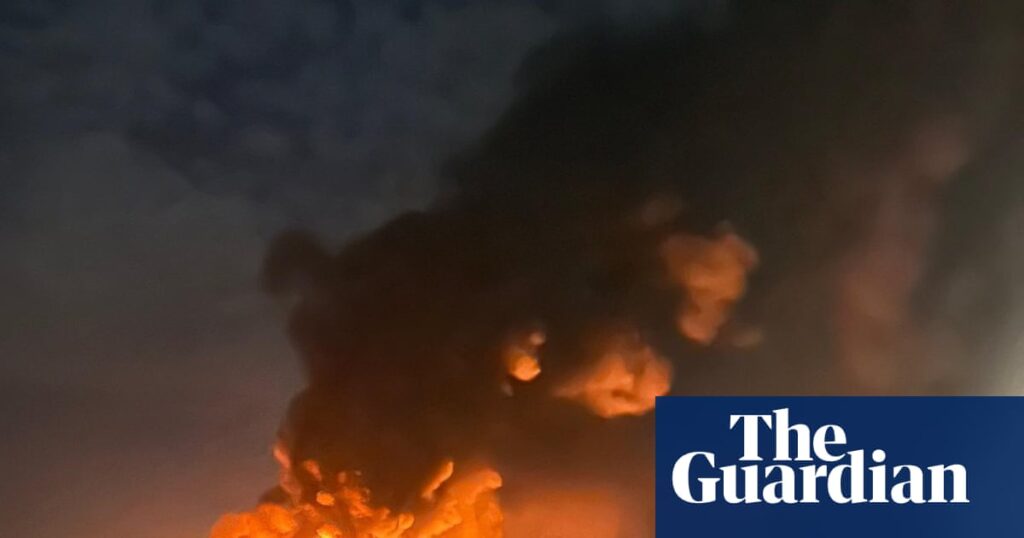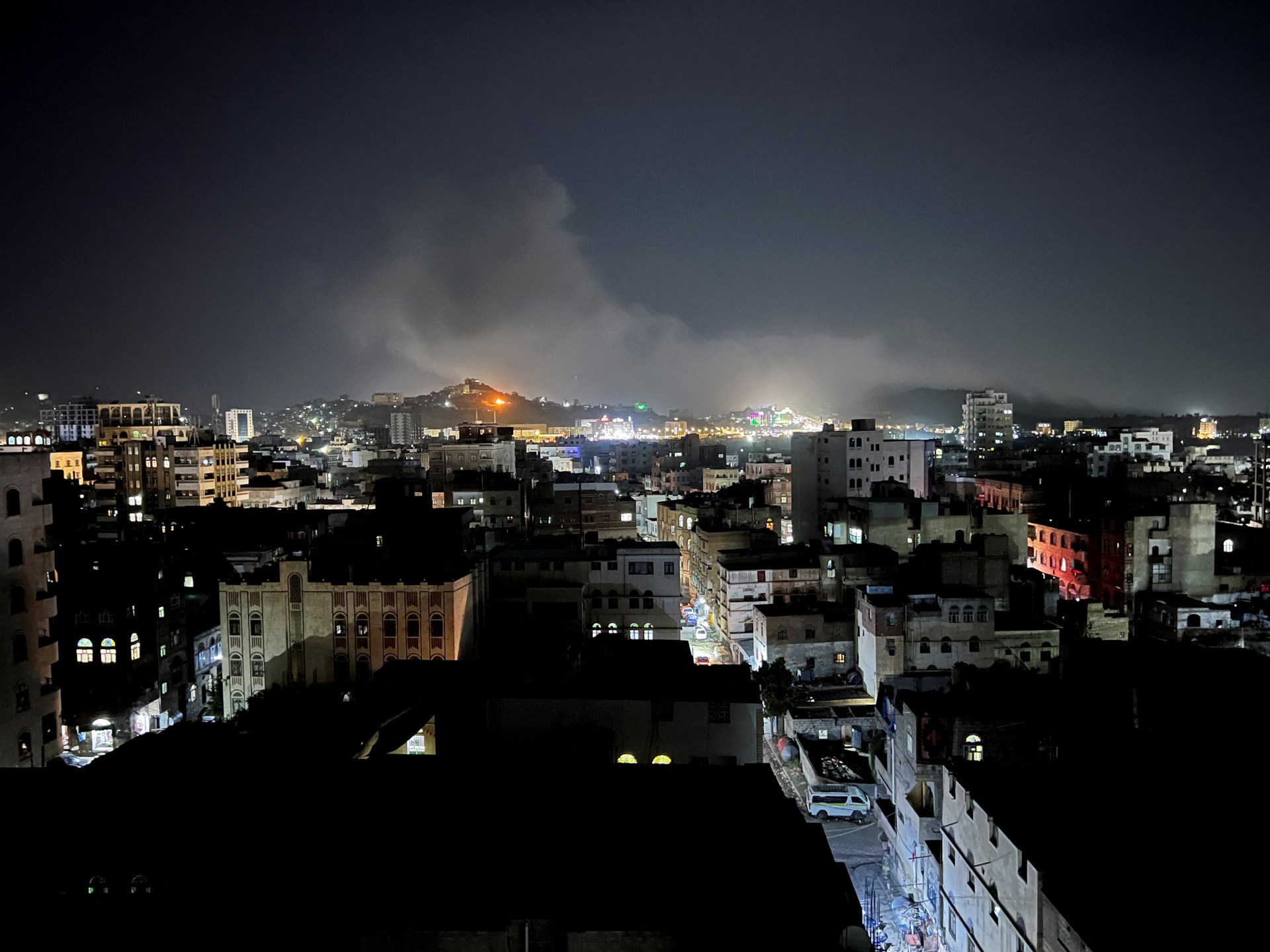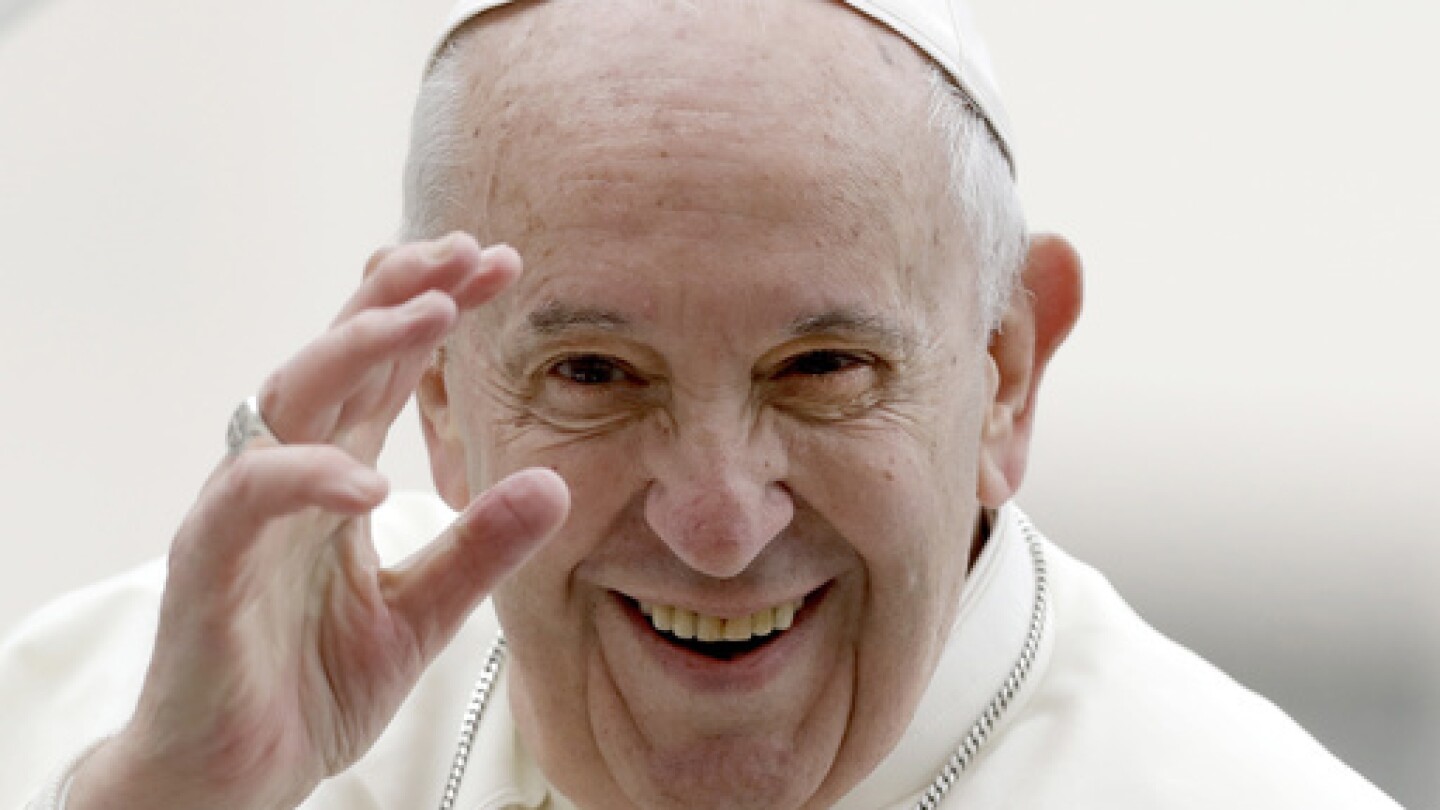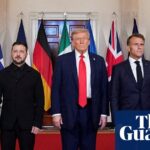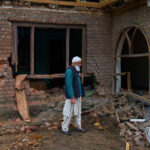Now Reading: Ukraine Says Russia Violated Easter Truce
-
01
Ukraine Says Russia Violated Easter Truce
Ukraine Says Russia Violated Easter Truce
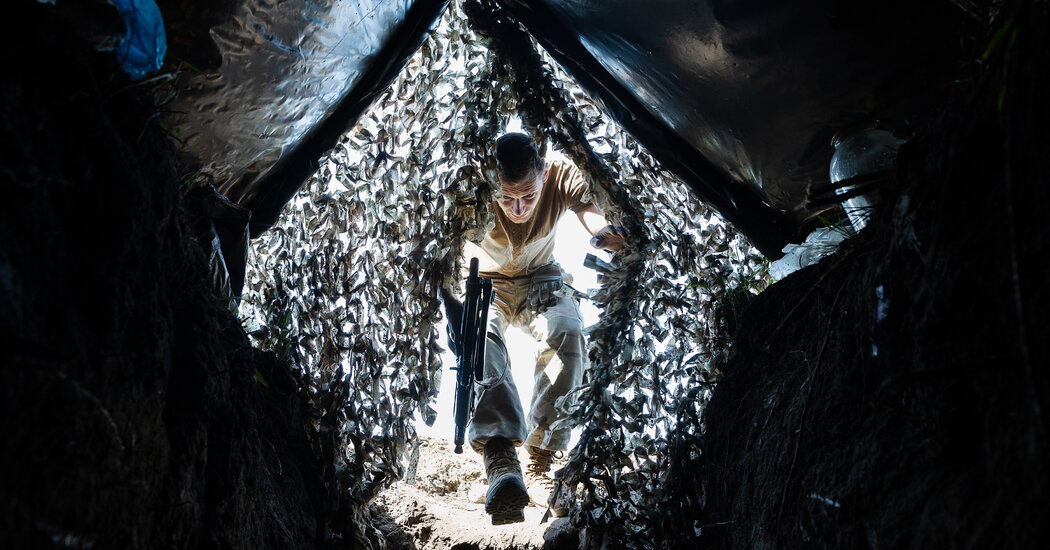
Serhiy Hnezdilov spent Saturday night in a cease-fire that wasn’t. Fighting for Ukraine in the eastern Donetsk region, he said he could hear explosions throughout the night, despite the Kremlin’s promise of a truce for Easter.
Mr. Hnezdilov, 24, said Ukrainian soldiers were told to report to their superiors all violations of the cease-fire, which was abruptly declared by President Vladimir V. Putin of Russia on Saturday afternoon and later agreed to halfheartedly by skeptical Ukrainian officials. In addition, Mr. Hnezdilov said, some planned Ukrainian military operations had been put on hold.
“I don’t even know how to assess this so-called cease-fire,” said Mr. Hnezdilov, whose 56th Mariupol Brigade is fighting near the town of Chasiv Yar. “To me, it was just words from Putin like, ‘We won’t shoot,’ but they are shooting,” he said in an interview on Sunday, adding: “Every so-called cease-fire with the Russians gets violated by the Russians immediately.”
The truce, announced as lasting 30 hours, appeared to be a gambit by Mr. Putin to show the United States that Russia was serious about peace.
On Friday, the Trump administration indicated that if it could not make progress in ending the war, it would walk away. What that meant was unclear. Would the United States stop leading peace negotiations, yet continue to supply Ukraine with weapons and military intelligence? Or would Washington wash its hands of the war and abandon Ukraine?
Without U.S. help, Ukraine’s ability to continue fighting is tenuous. As the military aid initially authorized under President Joseph R. Biden Jr. slows to a trickle, Ukraine has been able to win more military help from Europe. But it also depends on the United States for essential military intelligence and targeting data, and for the Patriot missiles used in its air defenses.

